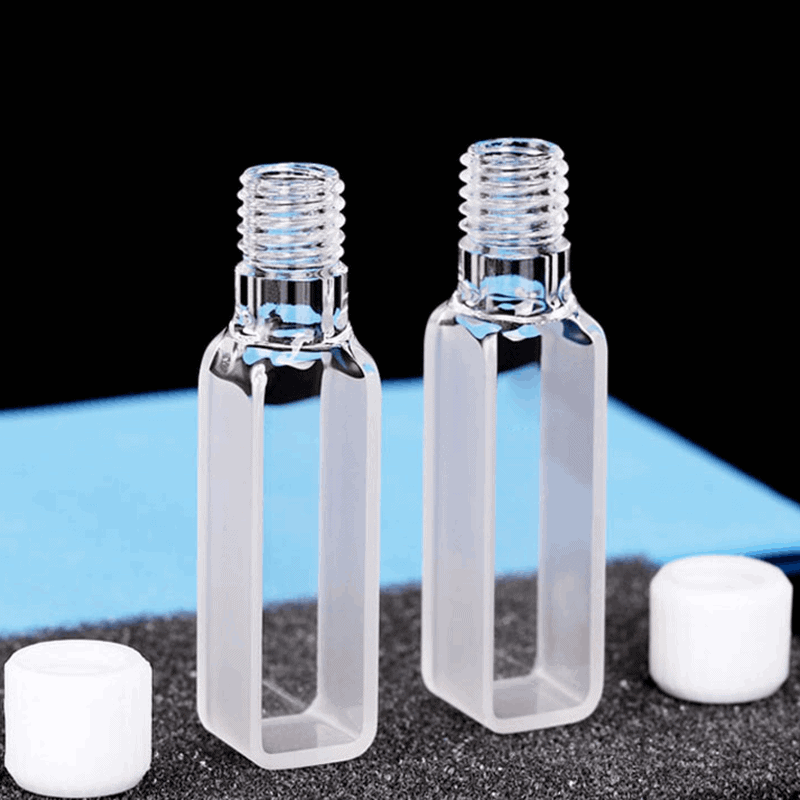Why Cuvettes Are Needed for Accurate Measurements in Labs
Why Cuvettes Are Needed for Accurate Measurements in Labs
Blog Article

The Benefits of Cuvettes and Quartz Vials in Medical Study
In medical research, the precision and consistency of proportions are paramount, specially in fields like spectroscopy, chemical analysis, and biology. One critical ingredient that guarantees detail in these studies is the cuvette, particularly cuvette size. Understanding the benefits of cuvettes and the benefits of using quartz vials can somewhat influence the results of tests and laboratory work.
Detail in Spectroscopy
Cuvettes are crucial for holding fluid samples in several analytical tools, especially spectrophotometers. They gauge the absorbance or transmission of mild through an example, and the cuvette acts because the pot for the sample throughout analysis. The measurement and product of the cuvette play an essential role in ensuring the reliability of the measurements. Quartz vials, exclusively, present excellent optical understanding, enabling precise light transmission across a wide variety of wavelengths, including ultraviolet (UV) light. That makes quartz vials a fantastic choice for spectroscopic studies, wherever detail is critical.
Toughness and Substance Weight
Quartz vials stick out for their longevity and resistance to hard chemicals. Unlike plastic cuvettes, quartz vials are less likely to weaken or react with chemicals in the taste, ensuring that the outcomes of the experiment remain unaffected by potential contamination. This quality makes quartz vials specially useful in settings wherever extreme solvents or high conditions are involved. Their power to endure serious situations without limiting the strength of the taste is among the main reasons they are favored in lots of laboratory applications.
Reliability in Measurement and Form
How big a cuvette is not just a one-size-fits-all situation. The dimension of the cuvette, such as for example its journey length, impacts the amount of the test and the quantity of light that goes through. Selecting the correct cuvette measurement for the specific test assures that the answers are maybe not skewed because of below or over-concentration of the sample. Quartz vials come in a variety of sizes and designs, letting analysts to select the absolute most appropriate choice on the basis of the requirements of their experiment. That freedom plays a role in more accurate information and enables greater get a handle on over fresh conditions.
Openness and Light Transmission
Quartz is known for its extraordinary openness, particularly in the ultraviolet (UV) and apparent mild spectra. That makes quartz vials suitable for used in tools that need obvious visual trails, such as for example UV-Vis spectrophotometers. The superior gentle transmission houses of quartz make certain that the light passes through the taste with minimal scattering or assimilation, resulting in more precise readings. For tests that demand large precision, quartz vials give a distinct benefit over different materials.
Long-Term Reliability
When employed in research labs, it is vital to own trusted resources that maintain their integrity around time. Quartz vials are not just chemically tolerant but additionally extremely tough, meaning they are less likely to knowledge wear and tear. This long-term consistency assures that analysts may use quartz vials for extended periods without fretting about deterioration or the necessity for repeated replacements, adding to cost-effectiveness in the extended run.
In summary, equally cuvettes and quartz vials provide a selection of advantages that improve the standard and accuracy of lab experiments. From their remarkable visual understanding for their chemical weight and toughness, these tools are crucial in scientific research. By selecting the proper cuvette measurement and employing quartz vials, researchers may ensure specific proportions and achieve more trusted benefits in their studies. Report this page